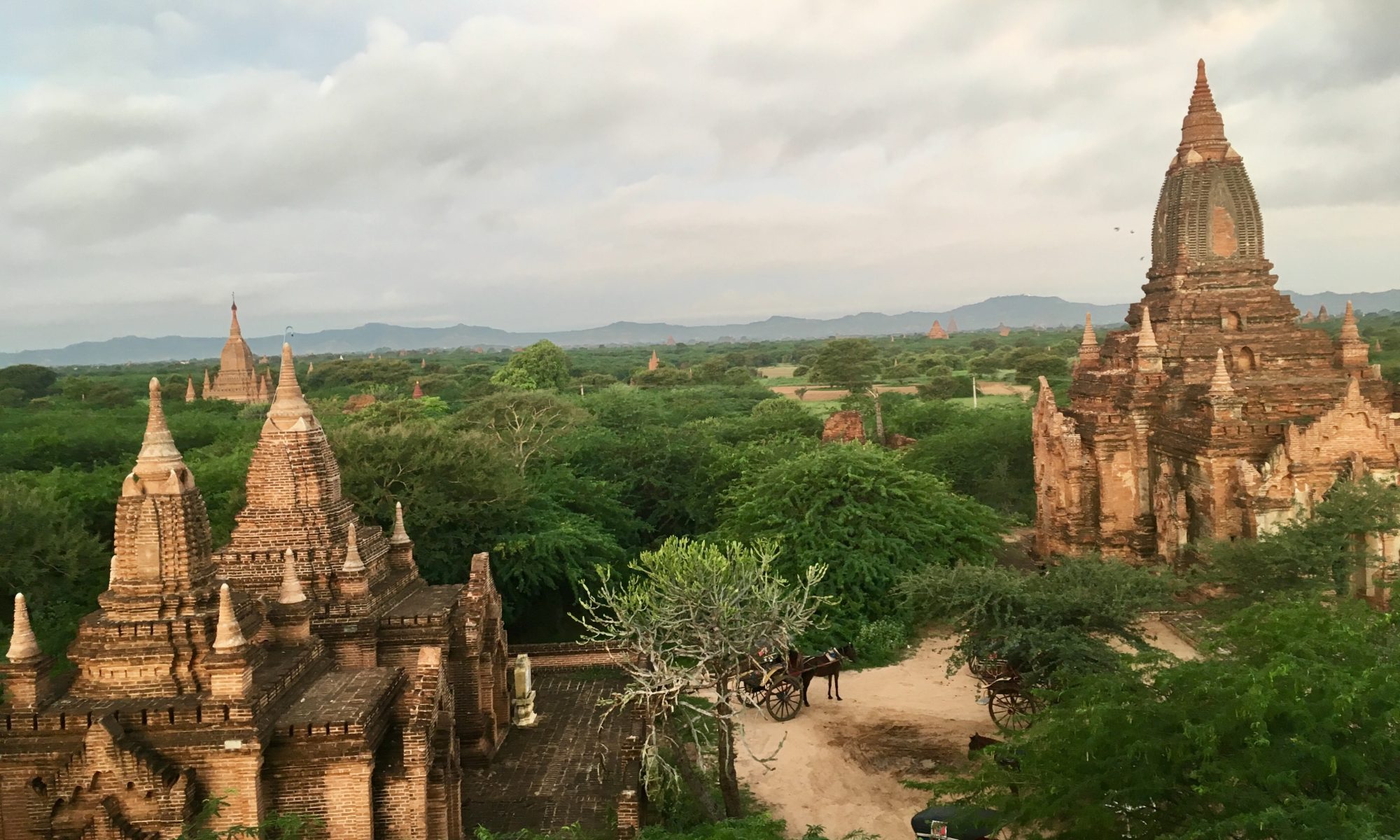How did it feel to be in a country where ‘Communism’ is not a bad word? Not that different.

Vietnam first entered most Americans’ hearts and minds in the 60’s when the U.S. decided to participate in the struggle for Vietnam’s independence. Except we were on the wrong side – the side of our ally, the French, who for almost 60 years had ruled this gem of Southeast Asia as a colony.


Our reason: If Vietnam fell to Communism, the rest of Southeast Asia would follow. We were in the middle of the Cold War with Russia. Many of the SE Asia countries were young at self-governing and possibly impressionable. After all, China is right next door.


On the other side was Ho Chi Minh, an influential leader inspired by the teaching of Karl Marx and the Socialist Party of France. He led the Vietnamese revolution for independence. He was a key figure in establishing the Viet Mihn, the Democratic Republic of Vietnam, the People’s Army of Vietnam, and the Viet Cong. Ho Chi Minh had the North Vietnamese behind him. The south had a government backed by the U.S., which was not much better than an autocracy. I’m paraphrasing, but in short, the country plunged into a civil war.


Labels were thrown around: Democracy, Communism, Patriotism, Loyalty. Lines were drawn. Teams were picked. Each side branded the other as evil. Many, many lives were lost. Unification of the country came at a very high cost – many South Vietnamese, together with its army, were displaced from their homes.


So, what is this Communist country like in 2017? As I walked around Hanoi I could not help but think that it is not much different than Thailand: cafes and shops littering the sidewalks, cars, and motorbikes cluttering the streets, productive people hustling to work. There is a posh tree-lined street with a high-end mall selling European labels where a security guard made sure only those who belong were allowed in.


Free-market and the bourgeoisie systems are alive and well here, at least on a small scale. I am not an expert on how its government runs the country, but on the surface, the streets of Hanoi did not represent the scariness the word ‘Communism’ conjures in the West. In fact, Hanoi is charming. Lovable, even. And the food was magnificent.


We are lucky in California where the large Vietnamese community brought with it the wonderful tradition of cooking fresh, delicious South Vietnamese food. But until I ate Phở in Hanoi, I did not know that it is served differently in the north. Here, it has different sauces and topped with only with green onions instead of with a side of a giant plate of vegetables. Northern foods are milder than in the south, with some stand-out seafood dishes. And the coffee was so strong it made my hands shake.


What I miss the most about Hanoi:
- Chả Cá, grilled fish with turmeric, dill, and green onions, at Chả Cá Thăng Long

- Nộm Thịt Bò Khô, dried beef over green papaya salad, at Long Vi Dung


- Coconut coffee at Cong Caphe


- Egg coffee at Giảng Café


- Shrimp Bánh Xèo, Vietnamese crepe, at Quán Ăn Ngon


- Eating fresh Phở noodles in the early morning at any Phở stall filled with people


- Watching senior citizens doing the Macarena in the morning hours at the park at Hoàn Kiếm Lake


- 90-minute Massage and 60-minute facial at Urban Oasis Spa

What I do not miss about Hanoi:
- Bars on all the windows at both our Airbnb apartments in the Old Quarter and the French Quarter

- The padlocks they placed on gates and front doors at night. What if there’s a fire?

- The rain (although it was an excuse to stop at a coffee shop)

- Walking through the dark and dire Hao Lo Prison with its dungeon and guillotine


- Crossing the streets where cars and motorbikes weave around you instead of stop


Hanoi is an easy place to visit, and probably almost as easy to live in. It has history and culture. It has shopping and food. All the conveniences of any city. That is if you enjoy its high energy fueled by coffee as dark as mud and as addictive as adrenaline.


